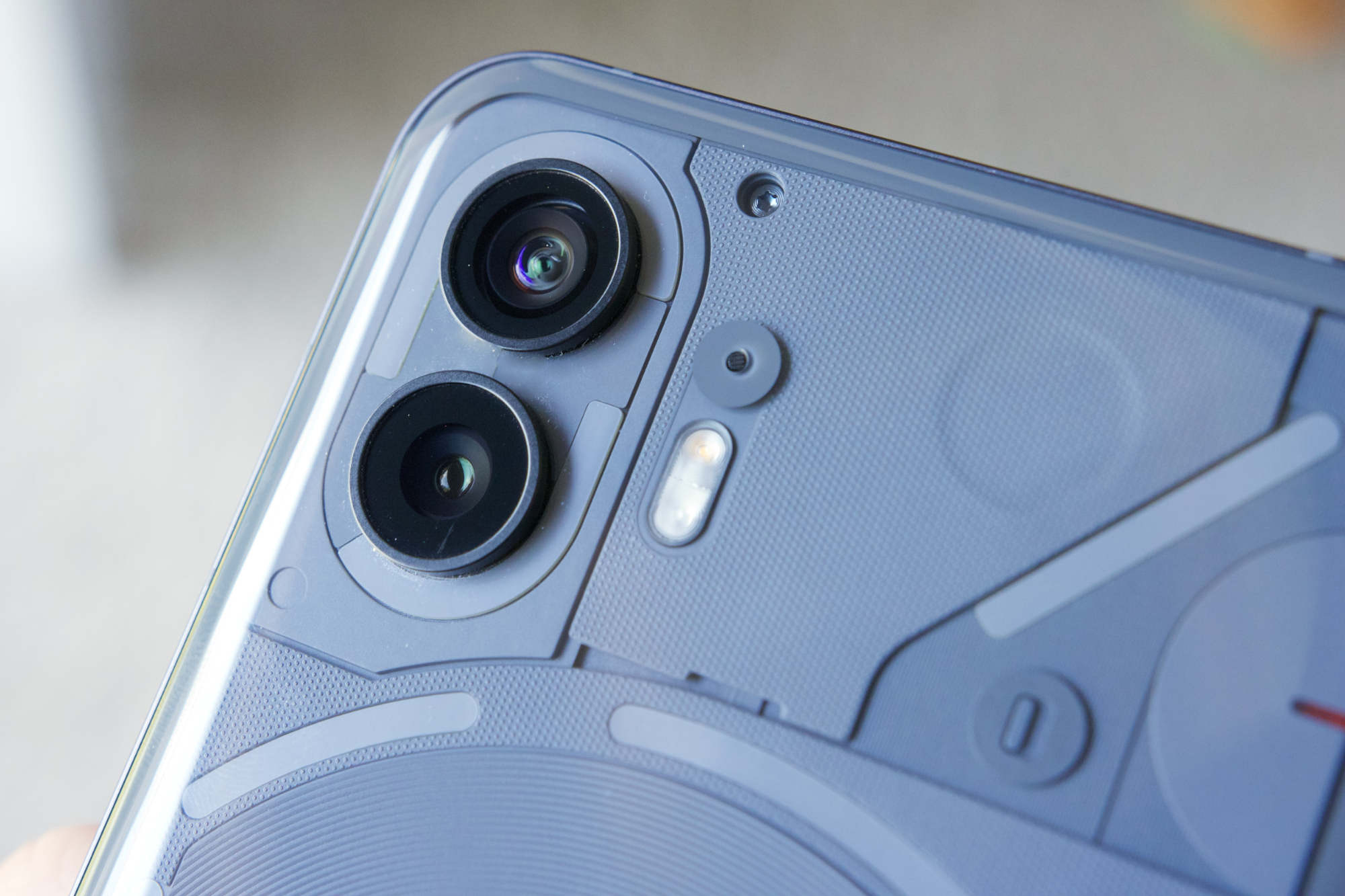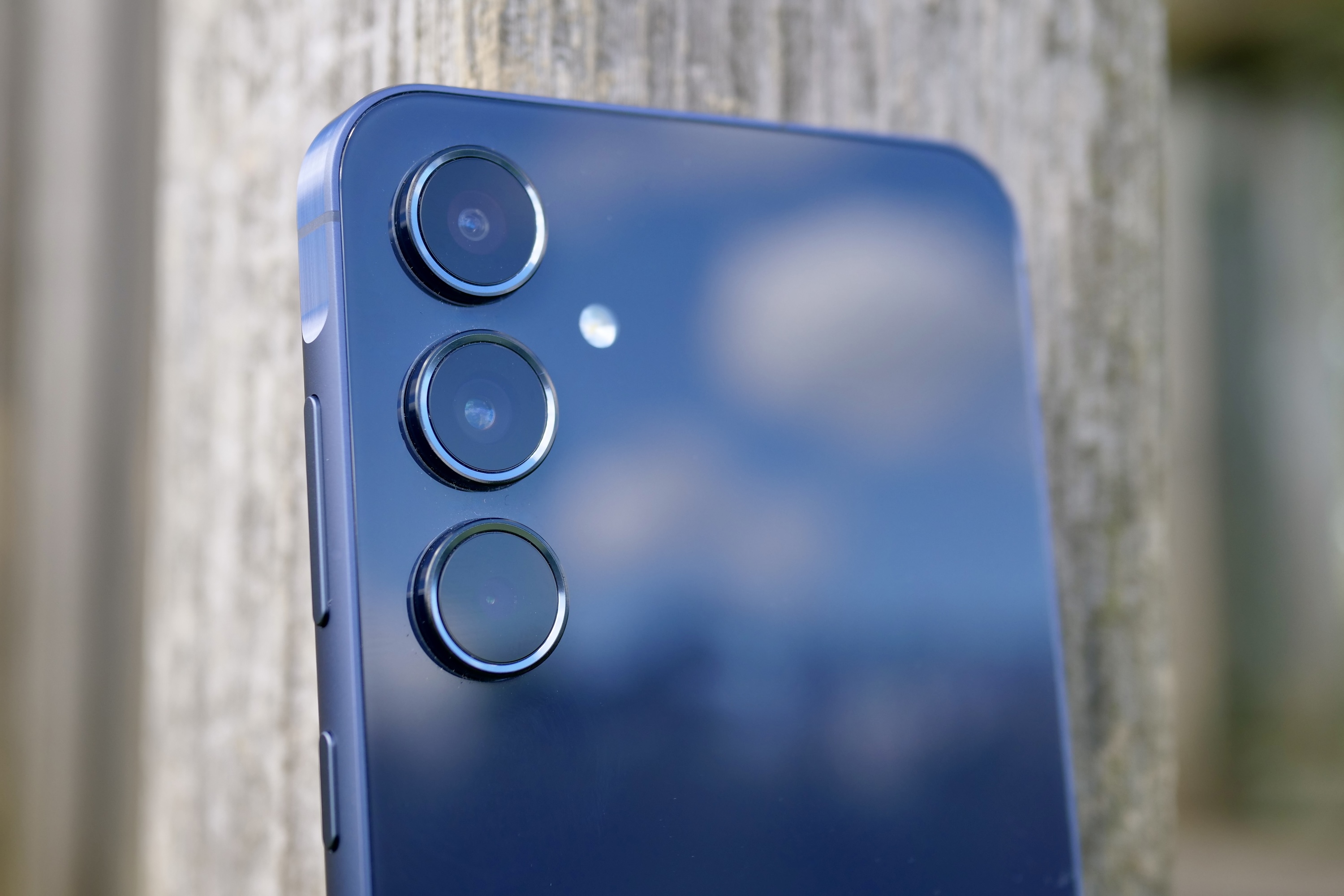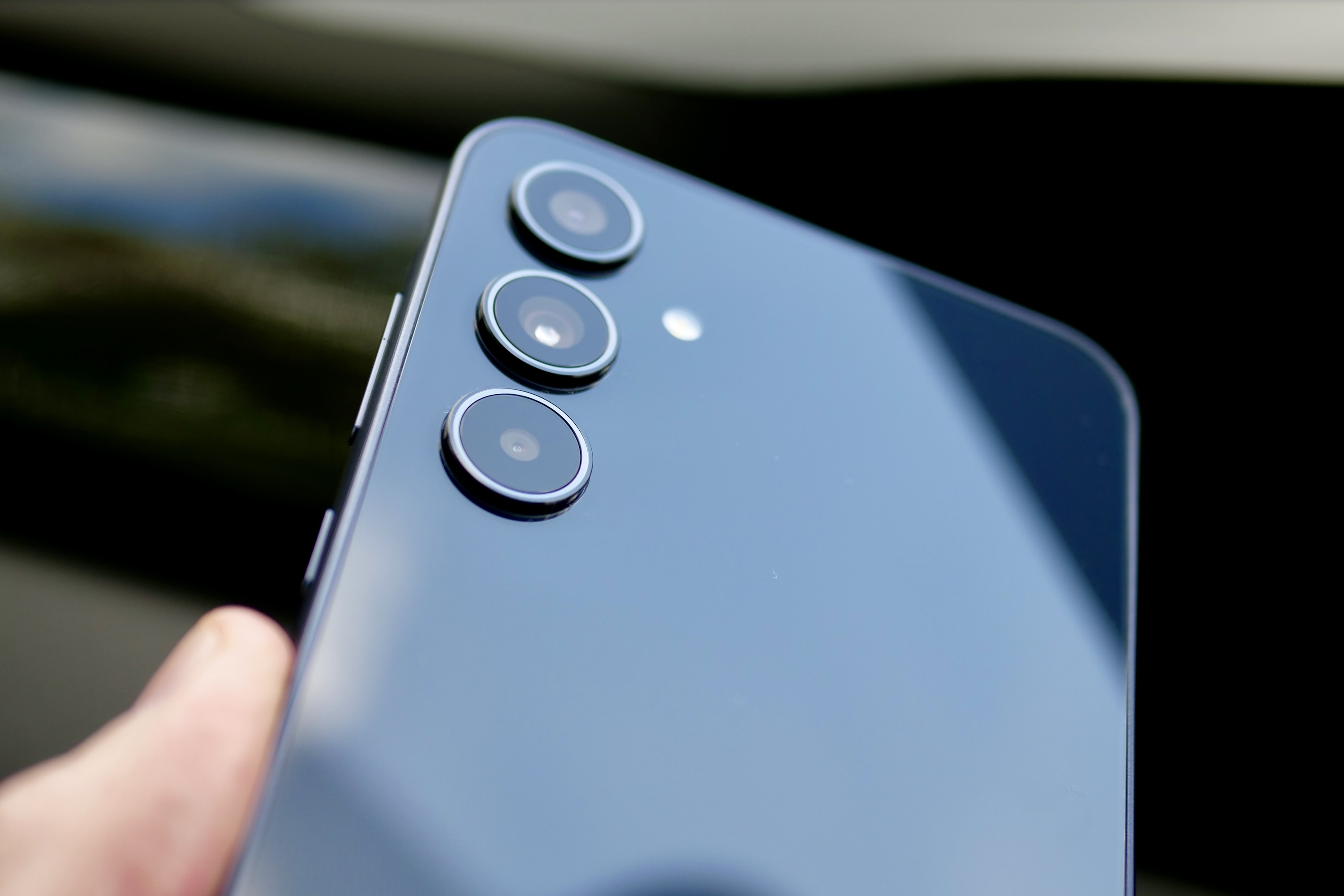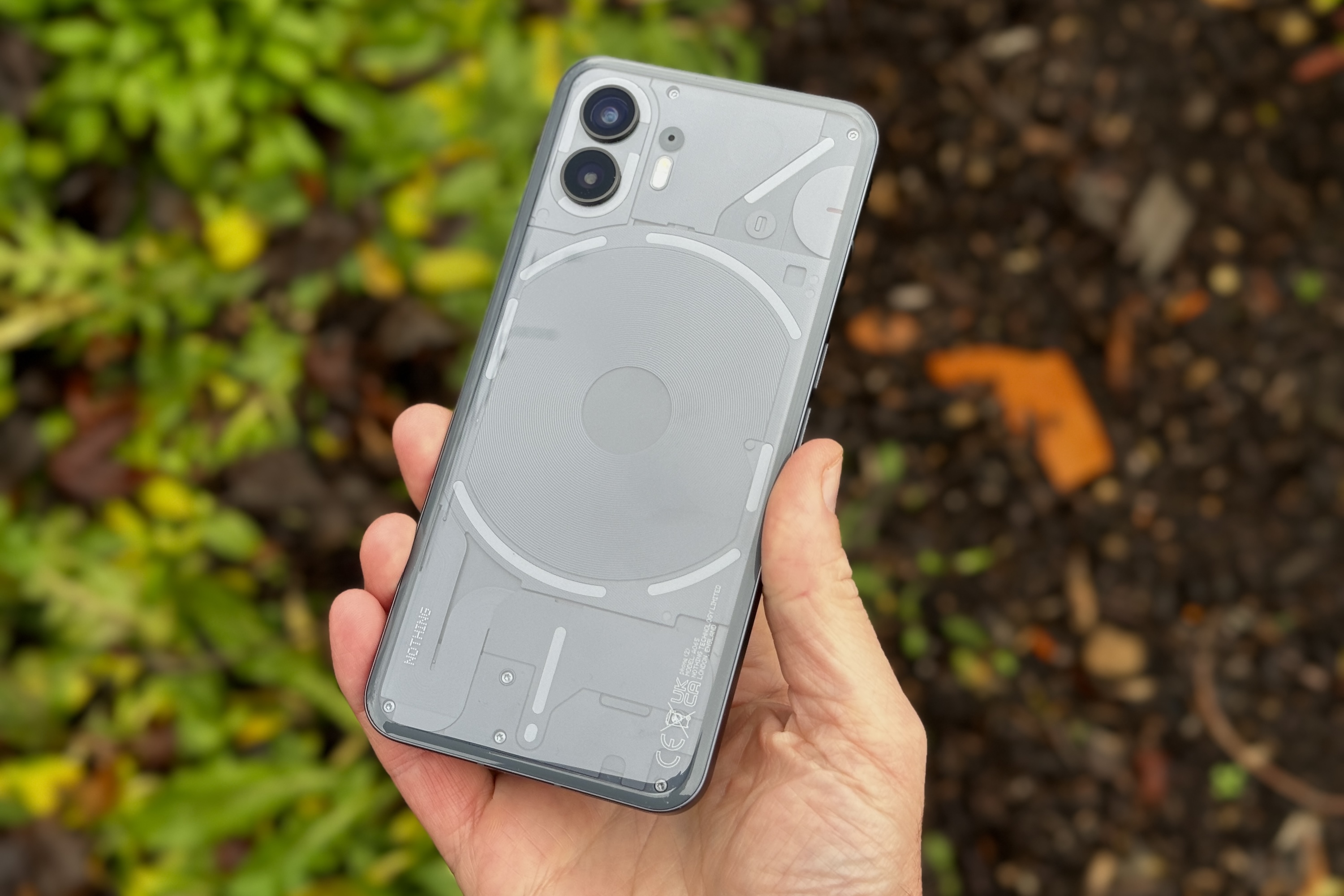
If you’ve set aside around $500 to spend on a new Android smartphone, and the camera is one of the features you expect to use the most, then which phone is best? The Pixel 8a will likely be on your list, but there are several other great phones available at a similar price.
So, in a more casual test than usual, I grabbed four phones in the $500 price bracket and took photos with them all. I looked at the performance of the cameras and the apps, as well as the value offered by other photo features on the phones, before choosing our winner — or should I say, winners.
The phones I tested

The Google Pixel 8a leads the challenge, and it’s the phone most people will likely think about when looking for a great, but still reasonably priced camera-focused smartphone. It has a 64-megapixel main camera and a 13MP wide-angle, along with both optical image stabilization and electronic image stabilization (OIS and EIS).
It joins the Nothing Phone 2 with its 50MP main camera and 50MP wide-angle camera, again with OIS and EIS, and two challengers from Samsung. The Galaxy A35 is Samsung’s main low-cost smartphone available in the U.S., and it has three cameras on the back — a 50MP main camera with OIS, an 8MP wide-angle camera, and a 5MP macro camera.
The final phone in the test is the Samsung Galaxy A55, which also has a 50MP main camera with OIS and a 5MP macro camera, but adds a 12MP wide-angle camera as an upgrade to the cheaper Galaxy A35. The Nothing Phone 2 is the most expensive device on the list, followed by the Pixel 8a and the Galaxy A55, leaving the Galaxy A35 as the cheapest phone I tested.
There are also processor differences to consider, with the Pixel 8a using Google’s Tensor G3 chip and the Nothing Phone 2 using the Qualcomm Snapdragon 8+ Gen 1, while the Samsung Galaxy A55 has Samsung’s Exynos 1480 processor inside and the Galaxy A35 has the Exynos 1380 processor. You can see the huge difference the Exynos 1480 makes over the Exynos 1380 when taking lowlight photos in a separate camera test.
What about the apps and editing features?

We’ll come to the photos next, but what about the apps associated with each camera? After all, getting the most value from your purchase is important, and if the camera app is slow and the gallery app doesn’t have many editing features, it may not matter how good the camera is. There’s a clear divide between these four phones, with the Pixel 8a and the Nothing Phone 2 using Google Photos for the gallery and editing, while Samsung has its own Gallery app as standard.
The Pixel 8a’s Photos app gives you access to Magic Eraser and Magic Editor, along with all its other filters and editing tools, making it a lot of fun to use even after you’ve taken a photo. The Nothing Phone 2’s Photos app does not give access to Google’s AI features, but if you’re a Google One subscriber, you will get a few additional editing tools. Samsung’s Gallery app has Samsung’s own object eraser and a great selection of other tools and filters. The Pixel 8a’s Photos app is best here, with Samsung’s Gallery app coming up just behind it.
I like that all four phones use a double press of the power key to quickly launch the camera app without unlocking the phone, but am less impressed with the 2x zoom shortcut on each camera, as it is a digital zoom and none of the phones have an optical telephoto camera. It means the photos you take with this mode will not have the same level of quality as the main camera. The Nothing Phone 2 has the slowest camera app of the four, and it noticeably takes its time to swap between modes compared to the instant response from Samsung and Google’s camera apps.
Comparing all four cameras
- 1.
Google Pixel 8a - 2.
Nothing Phone 2 - 3.
Samsung Galaxy A55 - 4.
Samsung Galaxy A35
We’re going to begin with a simple four-camera comparison and look at two series of daytime photos to see where the differences are between them. The first set is very simple, with blues, greens, and whites dominating the scene. They were shot with the sun at an angle behind the camera. This really should be easy for all the cameras to get right.
There is little to choose between the Galaxy A35 and Galaxy A55, with similar tones and color balance throughout, but the A35’s photo is a tiny bit more noisy, but only when you look very closely. The Nothing Phone 2 amps up the saturation more than any other phone here, and the colors are considerably more “atomic” than the Pixel 8a’s natural (but slightly flat) photo. If I were going to share one of these photos online, I’d probably choose the Nothing Phone 2’s photo, but I also fully appreciate it’s the least realistic of the set.
In reality, I like the Galaxy A55’s photo, which sits somewhere in between the Pixel 8a’s natural photo and Nothing Phone 2’s hyperrealistic photo. It also has a little more life to it than the Galaxy A35’s photo, which suffers from looking a little washed out. However, a little editing would change all these images to my liking.
- 1.
Google Pixel 8a - 2.
Nothing Phone 2 - 3.
Samsung Galaxy A55 - 4.
Samsung Galaxy A35
How do the four perform with a close-up photo? The second set of photos feature another fairly standard setup, but there are more colors and surfaces involved. I wanted the camera to primarily focus on the coffee, but I didn’t tap the screen to ensure it.
The Galaxy A35 and Galaxy A55 both struggle with the focus here, and they really needed a prompt on where to focus to get the photo I wanted instead of leaving it to chance. However, the Nothing Phone 2 gets it right, and with its gentler depth of field, it keeps a lot more of the scene around it in focus, too.
The Pixel 8a also does well, but the photo doesn’t appear as sharp or as noise-free as the Nothing Phone 2’s image. Punchy, bright, and exciting, the Nothing Phone 2’s camera really impresses in both of these two photos, provided you don’t mind a hyperrealistic look to some scenes. The other three aren’t far behind and still take good photos, but the Pixel 8a isn’t the standout we may have expected here.
Let’s take a look at what happens when the Pixel 8a and Nothing Phone 2 go head-to-head.
An evening with the Pixel 8a and Nothing Phone 2
- 1.
Google Pixel 8a - 2.
Nothing Phone 2
I took both the Pixel 8a and the Nothing Phone 2 to an evening car meet to compare the cameras. The evening was bright, and the sun was getting lower in the sky throughout the event. Obviously, there were a lot of reflective metal surfaces for the cameras to deal with. The first image shows how much more aggressively the Nothing Phone 2 exposes the scene, which helps bring out more detail, such as the more apparent carbon weave in the car’s rear spoiler.
- 1.
Google Pixel 8a, wide-angle - 2.
Nothing Phone 2, wide-angle
However, the Pixel 8a’s photo is more representative of the evening sun, with shadows on the trees and a slightly less blue sky. Both photos introduce some noise in the background. Noise is also a problem in a wide-angle shot I took at the event. It was shot into the sun, but the Nothing Phone 2 handles the difficult lighting far more effectively. All the details on the cars are sharper and more color-accurate and are balanced well with the grass and sky.
- 1.
Google Pixel 8a - 2.
Nothing Phone 2
The final image shows the Pixel 8a still compensating for harsh lighting, even with the main camera. The photo is obviously taken with the sun in front of the camera, but I prefer the way the Nothing Phone 2 has treated the low, warm light, the grey metal, and the reflections. The Pixel 8a keeps the photo quite neutral, which does minimize noise, but it’s not as eye-catching as the Nothing Phone 2’s image. Both introduce some lens flare in the uppr left of the photo.
The Pixel takes on the Galaxy
I admire the Pixel 8a’s ability to take natural-looking photos, but I really like the vibrancy of the Nothing Phone 2’s camera, so what about pitting the Galaxy phones against the Pixel 8a? When comparing the Galaxy A35, Galaxy A55, and Pixel 8a photos together, there’s an unexpected progression visible. From the Galaxy A35 to the A55 and then the Pixel 8a, shadows gradually increase in depth, with the Galaxy A55 hitting the sweet spot.
The Galaxy A35 can’t quite compete with its peers. It doesn’t take bad photos, but there’s more noise and less sharpness, and while it’s perfectly adequate for casual photography, it won’t stand up to much critical viewing. It’s going to get put aside and we’re going to focus on the Galaxy A55, the Pixel 8a, and the Nothing Phone 2.
- 1.
Google Pixel 8a - 2.
Samsung Galaxy A55
If the Galaxy A55 has consistently impressed during the day, how does it compare to the Pixel 8a in low light? The Pixel 8a isn’t a nighttime superstar like its more expensive siblings, the Pixel 8 and Pixel 8 Pro, and the photos it takes at night can be rather flat and hazy. The Galaxy A55 makes better use of available light, shows more attractive, yet still realistic colors, and captures the ambiance without sacrificing detail in a way the Pixel 8a can’t quite manage.
The final challenge
The Samsung Galaxy A55 has succeeded so far by sitting in between the Nothing Phone 2 and the Pixel 8a’s photos. It’s a good compromise. It doesn’t rob photos of too much emotion during its quest for ultimate realism like the Pixel 8a can, but it also doesn’t saturate colors to the extent of the Nothing Phone 2, where everything pops just a little too much.
The photo of the post box has greens, reds, whites, and shadows to contend with, and focus aside, it illustrates exactly what I mean. The Pixel 8a’s photo is a bit too dark and drab (but most accurate to the environment), while the Nothing Phone 2 goes too far in the opposite direction with intense colors and little shading. The Galaxy A55 is right there in the middle, capturing the best of both worlds.
What about the wide-angle cameras? The Galaxy A55’s wide-angle camera isn’t very good at all, with little detail and poor consistency with the main camera. The Nothing Phone 2’s wide-angle camera may have the most megapixels, but the quality is substandard and only marginally better than the Galaxy A55’s. The winner by some distance is the Google Pixel 8a’s wide-angle camera, which shows considerably more detail than both its competitors and acheives a lovely color balance, too.
Just for fun, how do photos taken with the 2x zoom look? None of the cameras have a telephoto mode, so these images are zoomed in and enhanced digitally. The Nothing Phone 2’s 2x photo is particularly bad, with the shut line around the car’s hood completely disappearing and the stark white bodywork looking very unnatural. The Pixel 8a is better and shows detail, but the white balance is off compared to the slightly more hazy Galaxy A55 photo.
Which cheap phone has the best camera?
This was a casual camera test where we didn’t examine each individual feature, mostly because, at this level, the main camera is the most important. It’s fascinating to see how each camera differs in tone, color, exposure, and detail. All the cameras take good photos, and you may prefer the way one treats a scene over the other, making it the best choice for you.
We’re still going to choose which we think is the best, though, and given the company, it may surprise you.
First, all three have consistently outclassed the Samsung Galaxy A35, as the camera on Samsung’s cheapest A series phone just can’t match its other rivals. This is one of the biggest takeaways here: If you care about the camera, don’t choose the Galaxy A35. That leaves you with three phones, and it’s surprisingly easy to break the conclusion down.
If you want natural-looking photos ready for editing, then the Pixel 8a is for you. If you want photos that pop and are ready for social media straight off the camera, the Nothing Phone 2 is a good choice. But the Galaxy A55 sneaks in with a camera that’s solid and reliable in all areas and offers a decent mix of the other two.
It’s hard to choose between the Google Pixel 8a and the Samsung Galaxy A55, making them both champions here, and I don’t think you can go wrong with either.
Editors’ Recommendations



























